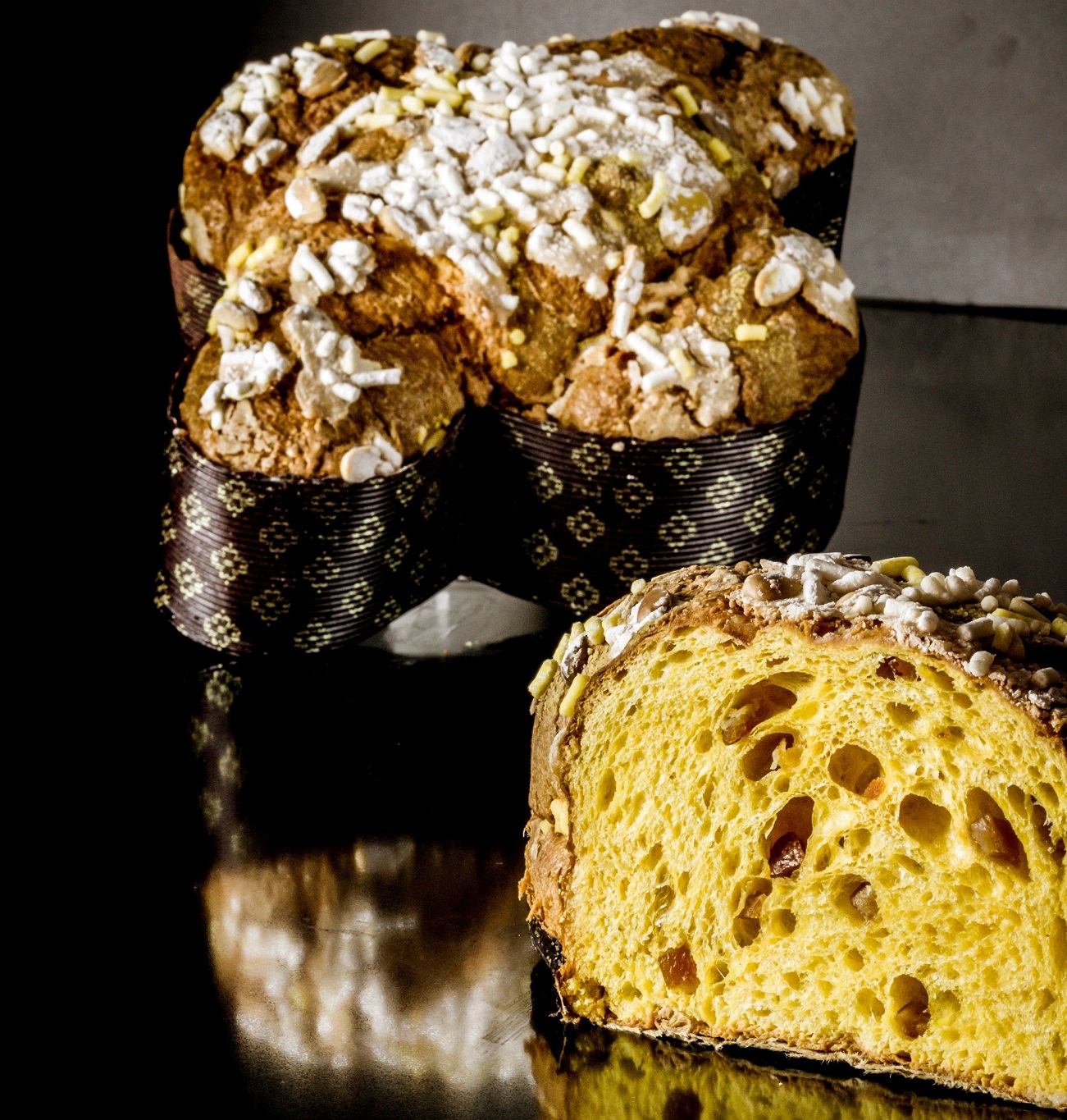In a period where “social distancing” is our mantra, in an attempt to limit the spread of COVID-19, we inevitably find ourselves in the situation of missing out on more than just a game night with friends. Over time, we also miss out on important milestones, such as birthdays and weddings, as well as holidays such as Easter. However, at the moment we can enjoy original blog posts living them as travels in an armchair or bookmarks for future adventures when leisure travel will be allowed again, especially thinking about Easter 2022. For this reason we present how Easter is lived in our beautiful country!
Easter is the most popular holidays in Italy. The store shelves are filled with chocolate bunnies and eggs, and every family is buying “Easter doves” (traditional dessert) and other delicacies. Whether you are a believer or not believer, this time of year is a great time to visit Italy. The climate is so pleasant and there are many captivating things to enjoy to capture the traditions of this country.
For example, witnessing monks running, huge statues, picturesque parades and magnificent reenactments in style. Easter also offers the chance to interact with locals. They come out their private homes to full the city squares, churches and streets with the aim to celebrate its religion and this important holiday for them.
The celebrations are different every Easter, so it would be perfect if you could visit Italy every year during the Easter. However even this year is not possible to do that, so I put together a virtual tour guide to top 5 events you shouldn’t miss (each in a different Italian City, from North to South), plus some tips…so you can take some notes about them and plan your next Easter in Italy, as soon as the coronavirus nightmare will be just a bad memory to forget.
Florence
The Easter Sunday in Florence is magical, especially in the morning for “Lo Scoppio del Carro”. This is a traditional event with a long history of 350 years. An old chariot, 10 meters high, was pulled by a white bull when it was paraded by musicians, soldiers and other figures wearing 15th century clothes.
The procession begins at the Porta al Prato to finish at Piazza del Duomo. Here the chariot is parked in front of the cathedral. At 11:00 am, the Archbishop launches “La Colombina”, a fake dove.
This latter flyes along the cable and hit the chariot, causing the firework installed on the top of it. Most important to check if the dove returns inside the cathedral because it means that the following 365 days will be positive and fruitful for the city.
Bologna
Here the celebrations are less weird, but not so in terms of food. Bologna is known as one of the most delicious and tasting cities in the Italian Peninsula, with countless tasting Easter delicacies. For lunch, it is a must the tortellini in brodo and lasagna.
In addition to pasta, other carbohydrates include the typical bread of the region like tigelle and piadine, crescentine, filled with with mortadella, ham and cheese!
As for normal activities, on Monday, the traditional approach is to reach the Sanctuary of San Luca starting from Meloncello. After a visit to Our Virgin Lady, the locals spend the rest of day in a traditional outside lunch under the sun.
Rome
On Holy Friday, the Pope celebrates Mass at St. Peter’s Basilica at 5 pm. Later, he started from Palatine Hill to commemorate the cross of Christ (Via Crucis). After completing the 14 stops of Via Crucis, he stopped the procession in the Colosseum.
This tradition has a long history dates back 3 century ago and after a period of stop, it was revived again in 1964. In the beginning, the Pope raised the cross between the stations, but nowadays most of Via Crucis is presided over by a stage and the cross is carried by other devotees.
Despite everything, the whole scene is so mystical. Many pilgrims light up the whole scene with torches during the procession.
Sulmona
In Sulmona for the Easter Sunday there’s an extravagant procession which begins from the church of Santa Maria della Tomba. This procession is led by huge statues of the Jesus Christ, St. John and St. Peter.
The bearers bring these statues towards the mother of Jesus, the Madonna of Loreto, to announce her the Resurrection of her son. Initially the Virgin Lady refuses to listen to them, and St. John and St. Peter beg her to leave the church. After that, Our Virgin Lady accepts to come out, so the procession can continues.
The Virgin Lady bursts into a snap, unwrapping her black cloak as she runs to meet the Risen Christ, accompanied by music and fireworks.
Obviously, I am not talking about a human made of flesh and blood, but the Virgin Lady is always a big statue brought by the devotees that have the task to carry it. And every Easter, all the believers are afraid that she can fall off during the running. You have to know that the historic falls in 1914 and 1940 are regarded by locals as harbingers of world wars.
Modica
On the morning of Easter Sunday, Modica showcases its traditional processions. It is not wrong the plural because there are 2. One for Jesus Christ and one for the Madonna which is initially dressed totally in black. (Obviously they are 2 big statues).
Each procession tour the city centre, but only in the main street the 2 holy statues will meet each other. At that moment, the Madonna is so excited to see Jesus, her son, that she starts to move her arms and reaches him for a long hug.
Moreover she gives him kisses on the cheek accompanied by the music, fireworks, confetti and church bells. Here are why she is called “Madonna Vasa Vasa”. Overwhelmed with happiness and joy, from the Virgin’s crown come out confetti and the Easter Sunday can begin!
Some tips about Italian Easter

Traditional Food in Italy: Lamb is the traditional food for Easter in the whole Italian peninsula. It is cooked in different ways although the most used is roasted and dressed with just oil, pepper and salt.
Traditional Desserts: Regarding the dessert, it is more various than the food. It changes region by region. Obviously the queen of Easter is the “Colomba” a dove-shaped leavened cake. Besides in Naples but not only here, you can eat the Neapolitan pastiera, the traditional cake filled with ricotta, spices, eggs and much more…so delicious. As concerns the Sicily, it is always a good moment to taste the traditional Cassata with ricotta and candied fruit. Instead in Tuscany, you can try the Easter Schiacciata, a dessert filled always with ricotta.
The Easter Monday: the Italians who don’t work for the Easter Monday, they spend this day with family and friends for a lunch to the beach, a barbecue in the country-house or everything else, obviously far from the towns. No matter where you are, what you have to do is to drive towards the countryside and enjoy a tasting and relaxing Easter picnic!


